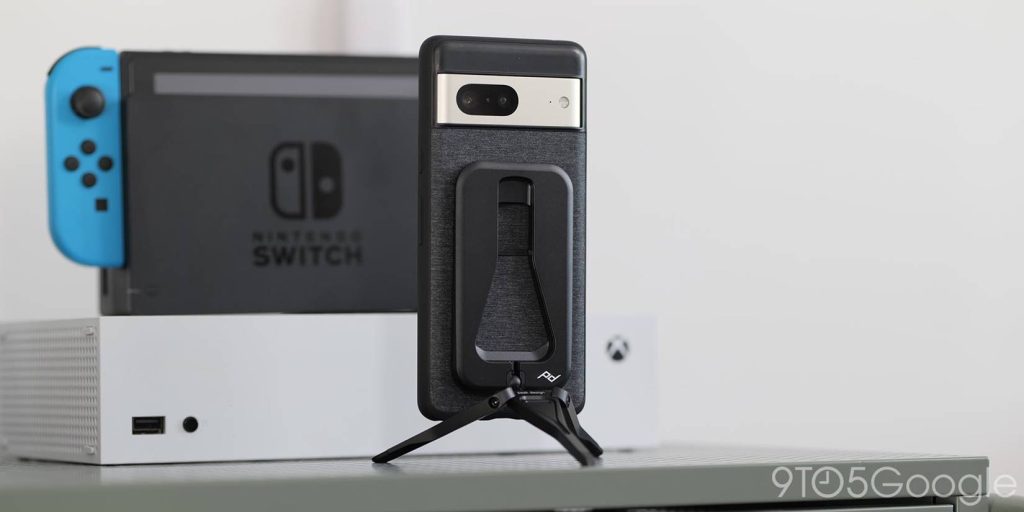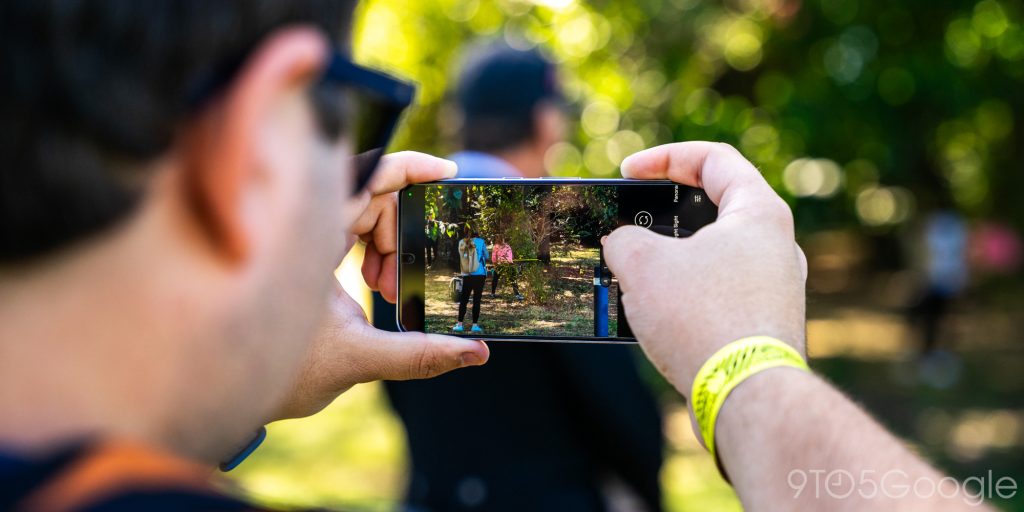
On Monday, April 8, a total solar eclipse is set to cast over North America, and it’ll be more than deserving of an incredible photo or two. This guide will give you the basics you’ll need to know about shooting on your Android phone to capture some of the best-looking images of 2024.
Modern Android phones are hands-down some of the best devices for capturing images. The Pixel 8 Pro – our go-to photography phone – has some of the best post-processing around, allowing good hardware to capture great images just short of having a professional mirrorless or DLSR camera.
Simply put, your Android phone will likely be all the camera you’ll need to take some good images during the 2024 solar eclipse.
How to capture a solar eclipse
Before you start taking pictures on April 8, it’s a good idea to mentally prepare for capturing something like an eclipse. In essence, you’ll need to be ready to manipulate your settings on a dime for changing light conditions.
When an eclipse occurs, light will gradually fade away until the moon sits right in front of the sun – if you’re in the path of totality. When that happens, things will go completely dark, and a bright ring will outline the moon. Now remember, that ring is the sun and can still damage your eyes if you look at it, so don’t.
Helpful gear to have on hand
To get the most out of an eclipse photo, you might want some gear. None of this gear is absolutely mandatory, and the only true piece of equipment you’ll need is the phone. However, a few items don’t hurt.
The main item we’d suggest is solar film. This is a glorified name for a film that only lets a certain amount of light through at very bright levels. It’s similar to what’s used in welding for eye protection, though much less durable. Some companies make little film packs that are built specifically to go over your camera lens, but really any type of solar film advertised as safe for the sun will be good. You can even use solar eclipse glasses to place over your lens for a photo, as taking pictures of the sun directly does have the chance to damage your sensor. Treat your camera lens like your own eyes.
If you want to make things a lot easier for yourself, you may want to bring along a tripod. We absolutely love the Peak Design Travel Tripod and Mobile Creator Kit to go along with the company’s Pixel and Galaxy cases. The creator mount snaps right into place on the tripod and attaches your Android phone with ease. If you’re looking to pack light and take a minimal amount of gear, the Peak Design setup is pretty minimal.
Of course, that tripod might be a little overkill for a quick shot or two. For one-time use, anything such as a small phone tripod can free up your hands while you hold the solar film and change settings.

In either case, having a tripod is good for a couple of reasons. First, it frees up your hands, as mentioned. You’ll be holding solar film and trying to change your phone’s camera settings, so you’ll need help. Second, some solar eclipse photos may require a slower shutter speed, which means you’ll need to be completely still. Using a tripod means that the phone shouldn’t move when capturing a low shutter speed image.
Use a telephoto lens
One thing is for certain when shooting a solar eclipse – your main lens isn’t going to cut it. In reality, the lens you use most of the time is a wide-angle unit, meaning everything you use is wider than it is in reality. To capture the moon and sun in conjunction, you’ll need to switch to your telephoto lens if you have one. This is usually done by tapping the highest number listed in your viewfinder.
Don’t be tempted to use the highest zoom possible. Both the Pixel and Galaxy series utilize high zoom rates, but those high zoom counts are not visually the best. The idea is to get in as close as you can without losing image quality, which is very easy to do with the Galaxy S24 Ultra’s 100x zoom. Do not, for the love of quality, use the 100x zoom.

At most, 20-30x will be plenty to shoot the eclipse. Even then, that’s on the high end for me. The Pixel 8 Pro is much more forgiving at 30x zoom than the Galaxy S24 Ultra, due to its post-processing capabilities with AI assistance.
Use your manual mode
Given the nature of a solar eclipse, there’s no guarantee that your phone will change its settings automatically to perfectly capture a photo of the event. If you’re comfortable, we suggest switching to manual mode on your phone’s camera. Here’s how:
On a Pixel phone
- Open the camera app.
- Tap the adjustments icon in the bottom right corner.
On a Galaxy phone
- Open the camera app.
- Switch to the More mode and select Pro.
On either device, you should see a new array of settings. Here are the basics:
- ISO is the sensor sensitivity – a higher ISO means the phone can capture more light.
- Shutter Speed is how quickly the image is taken – a lower shutter speed lets in more light but requires a completely still phone.
You don’t have to be a professional photographer to use some of these settings for one main reason – your Android phone will almost always show you a preview of what the image will look like in real time as you change settings. There’s very little guesswork involved, and if you follow the basics, you can take a great image.
We suggest practicing this routine during the day, outside of the eclipse. Once you have solar film on hand, place that over your camera lens and play with your settings aimed at the sun. You’ll find that a high shutter and low ISO are required since there’s an abundance of light.
It might be easy to assume that a solar eclipse would be devoid of light when in reality, the ring around the moon will still be very bright because, again, it’s the sun. You’ll likely want to have your settings set around ISO 100 and a shutter speed of 1/500 or higher. Possibly even 1/4000.
The idea is to get comfortable playing with those two settings, giving you the most control over your shot.
If you don’t feel comfortable in manual mode, switch back to auto mode by hitting Reset All in that manual slider and swiping down to close the menu. From there, you’ll be back in auto mode.
Even though the solar eclipse only happens where you live once in a very long while, don’t stress over getting the absolute perfect photo. Enjoy the moment and take the best pictures you can to share with others.
FTC: We use income earning auto affiliate links. More.


Comments